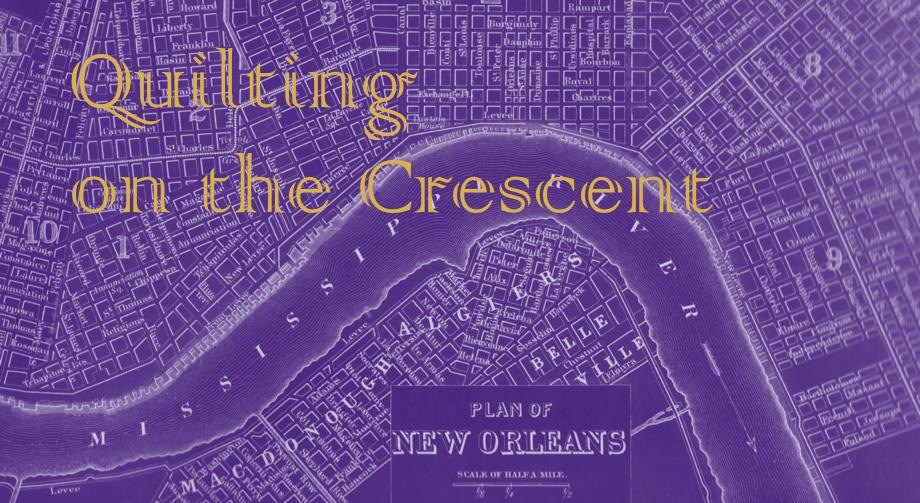I guess 2018 is turning out to be my Year of Machine Appliqué!
I finished the first block - Sweet Cherry - in the Gathered Harvest BOM sponsored by my LQS, Quilted Owl. The patterns are from Fresh Picked by Blackbird Designs.
I prepped all the appliqué pieces using freezer paper and starch. Next I laid the pieces out on the background fabric, so I could figure out the order to stitch each piece. I worked in sections, using fabric glue to adhere the pieces to the background for sewing. Using invisible nylon thread on top and Aurifil 50 weight thread in the bobbin, I stitched each piece with a very narrow zigzag stitch.
I have started the prep work for block number 2 - Fresh Pineapple. I'm only two months behind on the BOM process, but I'd be even farther behind if I were stitching each block by hand!
Since I've been experimenting with different machine appliqué techniques this year, I decided it was time to experiment with a different sewing machine as well. I've had this vintage Singer sewing machine for years, but it was neglected in favor of other vintage machines. Unlike all the other vintage sewing machines in my flock, this machine can do zigzag stitching (and more).
The machine is a Singer 503A - which was a new design, introduced in 1961. The 503A and its cousin the 500A, are also known as the Rocketeer - at least among sewing machine enthusiasts. It's definitely got that mid-century space age vibe going! The two Rocketeer machines were the last of the all-metal gear Singer machines.
The 503A sews several different stitches in addition to straight stitch and zigzag. By changing the cams included with the machine, sewists can create a variety of decorative stitches. The cams (Singer called them Fashion Discs) drop into the round opening to the right of the thread holders.
The needle placement can be changed using the triangular knob. The stitch width adjustment, to the left of the needle placement knob, allows for different widths on the zigzag and other decorative stitches. The stitch length lever allows for forward and reverse stitching. There's also a light under the Singer logo.
Probably the best reason to use this machine for appliqué is the slant needle feature. Singer slant needle machines have a needle bar that is slanted forward, which allows for much easier visualization of the stitching area. The only thing that would make the appliqué stitching a little easier here would be an open-toe presser foot - which can be purchased online for a few dollars.
So - how did the Rocketeer handle appliqué with invisible thread? Like a champ! I used Aurifil 50 weight thread in the bobbin and a polyester invisible thread on top. I needed to loosen the upper thread tension a good bit, but the machine handled the poly thread just fine. Going forward, I'll use a finer gauge needle (the machine uses standard 15x1 sewing machine needles) and I'm going to order an open toe foot attachment. I'm going to keep the Rocketeer at our camp, so I can still do machine appliqué when we're there for the weekend.
I stitched up two more appliqué baskets yesterday to work out the process.
This may become a project after all!

















